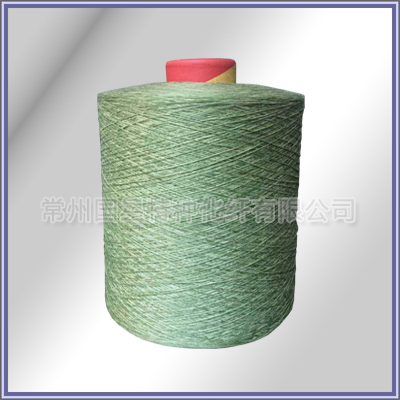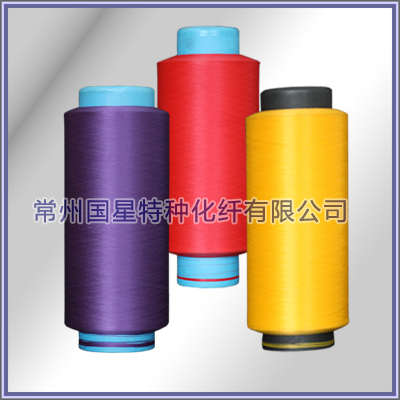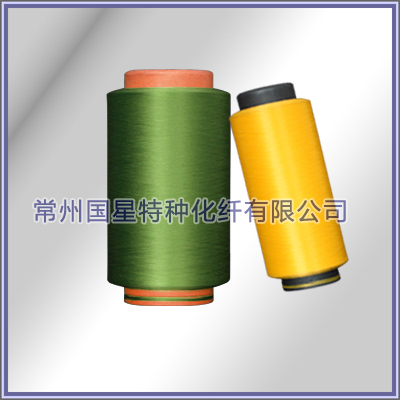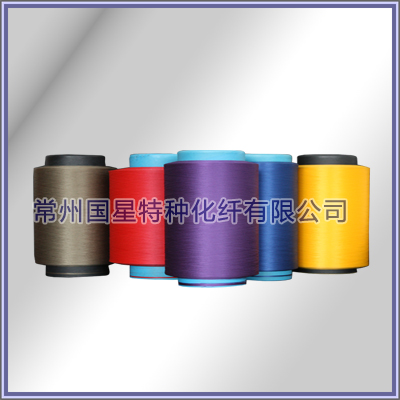Before, I heard that Dongguan Wang, the owner of Dongguan shoe factory, invested 7 million yuan in a factory in Vietnam in 2015. Two years later he stopped production and subleased the plant. Wang said that as far as he knows, the other six Dongguan shoe factory owners have regretted moving to Vietnam.....
Recently, more and more Vietnamese garment factories and garment factories have closed down. From this point of view, it is not a simple matter to move factories to Vietnam. What "pits" have they encountered?
Labor cost advantage is not
Many cloth bosses said that one of the most important reasons for investing in factories in Vietnam and Cambodia was that the local workers were cheaper and the cost pressure was small. But now, this advantage no longer exists, and the wages of workers are coming. The higher. At present, the minimum wage in Vietnam is about US$140 to US$180 (different regions). The total salary and overtime pay are estimated to be at least US$300. If the number of employees employed in Vietnam is 150,000, it is equivalent to more than 14 personnel expenses per year. After 100 million yuan, the labor costs in Vietnam will only get higher and higher.
According to industry sources, the proportion of apparel first-line brands in Vietnam has already been large. If you want to build new factories or expand production lines, it will cause certain operating pressures because Vietnam has no cheap labor.
New entrants have to move into Vietnam, and the original enterprises have to expand their factories. Now both forces are rushing to work, which will only increase the pressure on competition. The local labor force is out of balance between supply and demand, and Vietnam is overheated.
The outside world thinks that the garment and footwear industry in the textile industry, because of its huge production line in Southeast Asia, should be enjoying the benefits of switching taxes, but the results do not seem to be the case.
According to industry sources, the Vietnam Labor Law stipulates that enterprises that enter the company must formulate trapezoidal salary, based on the government's minimum wage level, and the salary level of the first level is 7%. Each additional step is increased by 5% from the second level, and so on.
For example, suppose the minimum monthly salary in Vietnam is $140, the first-level salary is $149.8, the second-level monthly salary is $157.3, and the third-level is $165.2, according to the employee's senior salary level.
In the past ten years, the Vietnamese government has raised the minimum wage by more than 10% every year. When the minimum wage rises, the trapezoidal salary will follow. ��It is equal to all employees paying 15%, which is a terrible expenditure.��
Not only that, but the potential cost is also a big trap. For example, the employer pays the union dues at 2% of the total labor wage every year. The annual minimum wage plus the trapezoidal salary, the total salary scale continues to expand, and the union dues increase, which does not include the local social security costs.
Vietnamese workers work inefficiently and strike without a word
According to industry analysts, the productivity of factories in Vietnam and Indonesia is about 80% of that in China. Workers in Southeast Asia are not only inefficient, but also often have strikes and protests. Some workers protest, faint, and even strike when they are not satisfied. And even if the workers do not work, the factory still has to pay wages.
A shoe factory owner who runs a factory in Vietnam said: "The biggest problem is the difference in efficiency between Chinese and Vietnamese workers. Vietnamese workers do not work overtime, most people do not have skills, resulting in low production efficiency and total delivery time. I think that Training skilled workers in Vietnam, time and capital costs are not affordable for our small businesses."
In addition, workers in Vietnam are not as hard-working as Chinese workers. Some workers may faint if they are slightly in a bad environment. For example, if they smell gasoline, they may faint. Even for such "skilled" workers, the factory can't be expelled, because there is a big penalty for expelling workers.
Because of this, the normal production of many factories has been greatly affected, and even can not be delivered on time, resulting in fewer orders.
Land cost is increasing
As foreign investors accelerate their investment in Vietnam, labor costs and land plant rents in Vietnam are rising rapidly.
When Mogao Outdoor Products Co., Ltd. opened a subsidiary in Vietnam, Amano Outdoor (Vietnam) Co., Ltd., it chose the relatively remote Futai Industrial Zone in Jincheng County, Haiyang Province, Vietnam. Ms. Wei, the director of the company's office, said: ��When we came in 2017, the factory rent was 2.2 US dollars per square meter. The current rent has risen to 2.8 US dollars, which is very fast.�� Even so, from the feedback of the company, the big Most industrial parks are generally operating at full capacity.
Rents in factory warehouses in northern Vietnam are rising, and land rents in southern Vietnam are also soaring. In several industrial parks in the surrounding provinces of Ho Chi Minh City, rents have risen from $30 per mu in 2015 to the current $100.
In addition, Vietnam's textile industry chain is relatively incomplete, relying on imports of raw yarns and fabrics, which is also a bottleneck encountered in Vietnam's investment and establishment of factories. Companies wishing to set up factories in Vietnam can make their own plans in advance to deal with what might happen in the future; if the road is not good, it is necessary to prepare in advance!

 +86-519-86266888
+86-519-86266888 gxhx888@126.com
gxhx888@126.com



